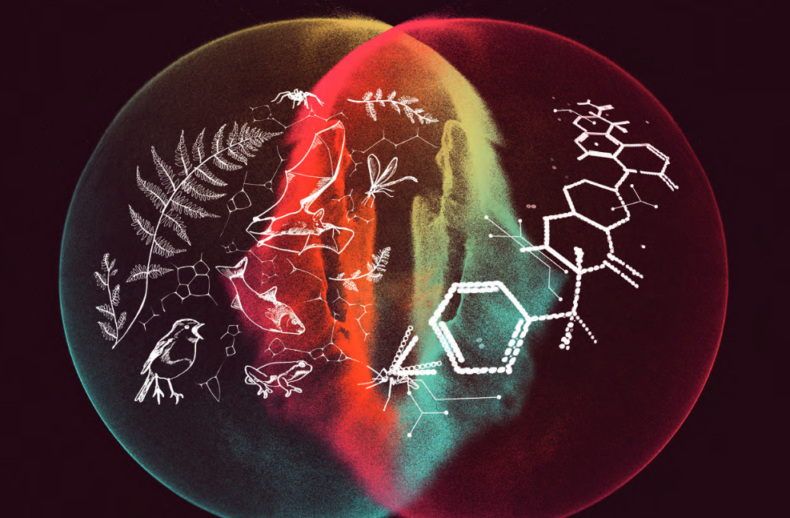Nairobi, Kenya, 17 May 2024 – Parties to the United Nations Convention on Biological Diversity (CBD) are currently discussing controversial technologies in Nairobi. One such technology is engineered gene drives, a form of extreme genetic engineering designed to spread its modification throughout an entire species and persist in the environment.
Following Conference of Parties 15 (COP15), a multidisciplinary Ad Hoc Technical Expert Group (mAHTEG) on Synthetic Biology was formed. In early 2024, the mAHTEG issued a set of recommendations to the SBSTTA, outlining a methodology for the ‘broad and regular’ horizon scanning process. Drawing on the work of the mAHTEG, the Parties at SBSTTA 26 should: 1 – Agree the…
Berlin, 1 December 2022 – Ahead of the UN Biodiversity Conference COP 15 over 140 civil society organisations from Africa, Asia, Europe, Australia and the Americas have issued a joint manifesto exposing alarming risks of environmental releases of genetically engineered gene drive organisms which could lead to irreversible ecological consequences and drive entire species into extinction. Gene drives use new…
Marseille, France — On Friday, 10.09.2021, the International Union for the Conservation of Nature (IUCN)’s World Congress voted on a controversial motion questioning the use of genetic engineering in nature conservation. The IUCN members approved this landmark motion, which paves the way for a global dialogue on the future of new forms of this engineering, called synthetic biology, including gene drive organisms.
Marseille, France, 6 September 2021 – Thousands of scientists, conservationists, and civil society members are gathered at the World Conservation Union (IUCN) General Assembly this week to negotiate on the most controversial environmental conservation governance policies in its 70 year history. Among the most contentious debates is about new and emerging genetic engineering and the risks this entails to conservation…
“Should nature conservationists back genetic engineering of wild species in order to counter the impact of human activity?” This is the question that IUCN members will face at the IUCN Members’ Assembly in Marseille.

Enabled by new genetic engineering techniques such as CRISPR/Cas9, so-called gene drives are designed to spread new genes throughout the genome of wild animal populations. Their future release could have unforeseeable and irreversible consequences for ecosystems and food webs.
Berlin, 13. November 2020 – The European Food Safety Agency (EFSA) has published an assessment on whether the currently existing European guidelines for the risk assessment of genetically modified insects are sufficient for the risk assessment of genetically modified Gene Drive insects.
Civil society organisations wrote to the IUCN leadership to express their concern about the Genetic Frontiers for Conservation report.
